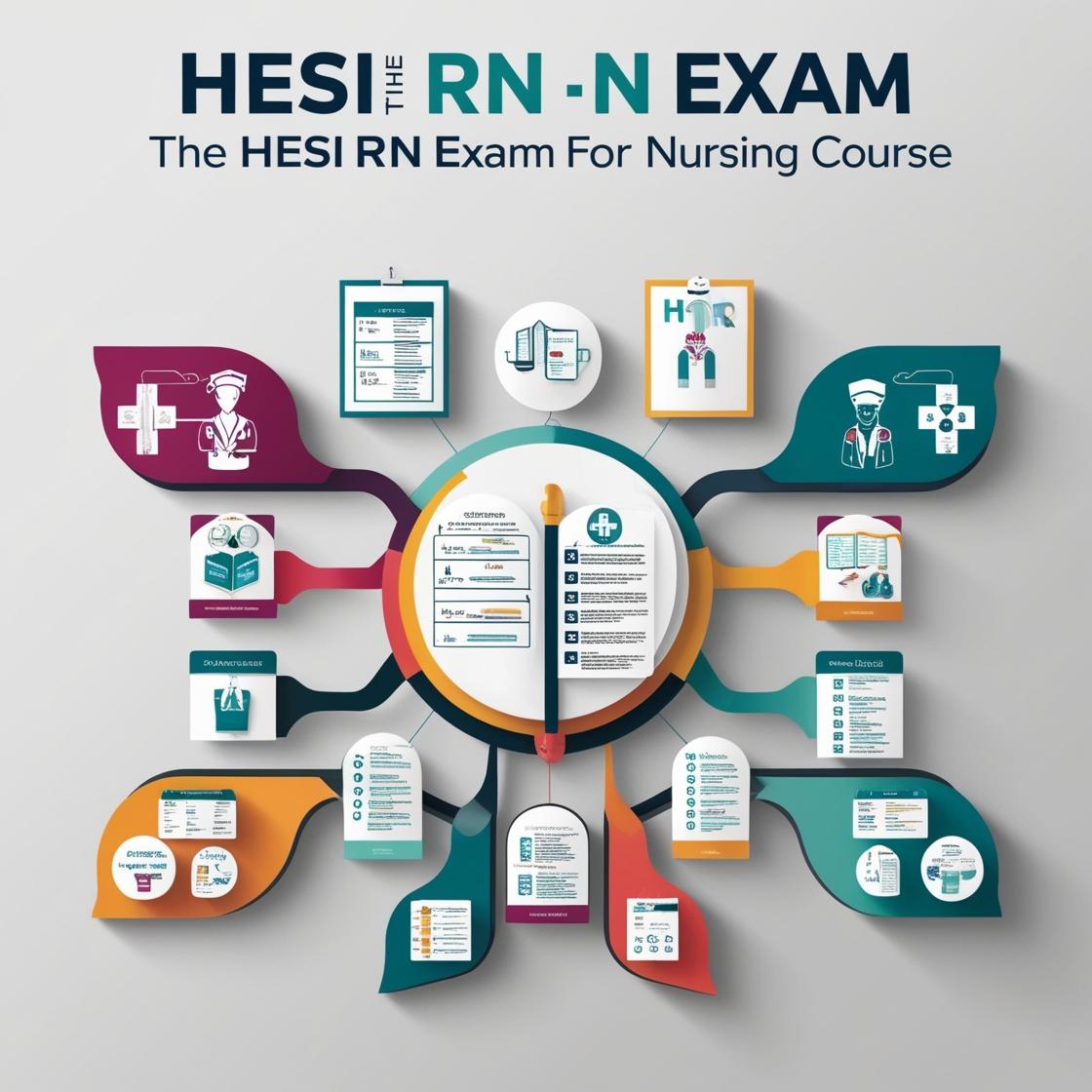HESI RN
HESI Nutrition Proctored Exam Quizlet
1. When administering enteral feeding to a client via a jejunostomy tube, the nurse should administer the formula
- A. Every four to six hours
- B. Continuously
- C. In a bolus
- D. Every hour
Correct answer: B
Rationale: When administering enteral feeding through a jejunostomy tube, the nurse should administer the formula continuously. Continuous feeding is essential for optimal nutrient absorption and to prevent complications. Administering the formula every four to six hours, in a bolus, or every hour may lead to inadequate nutrition, improper absorption, and an increased risk of complications such as aspiration or dumping syndrome, making these choices incorrect.
2. A nurse is reinforcing teaching with a client who has COPD. Which of the following instructions by the nurse is appropriate?
- A. Drink carbonated beverages.
- B. Decrease fiber intake.
- C. Use bronchodilators after meals.
- D. Increase protein intake.
Correct answer: D
Rationale: The correct answer is to instruct the client to increase protein intake. This is appropriate because increasing protein intake can help maintain muscle mass and strength in clients with COPD. Option A, 'Drink carbonated beverages,' is incorrect as carbonated beverages can exacerbate COPD symptoms. Option B, 'Decrease fiber intake,' is also incorrect as fiber is important for digestion and should not be decreased unless specifically advised by a healthcare provider. Option C, 'Use bronchodilators after meals,' is incorrect because bronchodilators are typically used before meals to help open the airways for better breathing, not after meals.
3. A 4-year-old has been hospitalized for 24 hours with skeletal traction for treatment of a fracture of the right femur. The nurse finds that the child is now crying and the right foot is pale with the absence of a pulse. What should the nurse do first?
- A. Notify the healthcare provider
- B. Readjust the traction
- C. Administer the ordered PRN medication
- D. Reassess the foot in fifteen minutes
Correct answer: A
Rationale: In this situation, a pale foot with the absence of a pulse indicates compromised circulation, which is a critical emergency. The nurse should immediately notify the healthcare provider to address the circulation issue promptly. Reading the question and understanding the urgency is vital. Readjusting the traction, administering PRN medication, or waiting to reassess the foot in fifteen minutes are not appropriate actions when a child is experiencing compromised circulation.
4. Which of these nursing diagnoses of 4 elderly clients would place 1 client at the greatest risk for falls?
- A. Sensory perceptual alterations related to decreased vision
- B. Alteration in mobility related to fatigue
- C. Impaired gas exchange related to retained secretions
- D. Altered patterns of urinary elimination related to nocturia
Correct answer: D
Rationale: The correct answer is D: Altered patterns of urinary elimination related to nocturia. Nocturia increases the risk of falls in elderly clients due to frequent nighttime trips to the bathroom. Choice A is incorrect because while decreased vision can contribute to falls, nocturia poses a more direct risk. Choice B is incorrect as fatigue may affect mobility but is not as directly linked to falls as nocturia. Choice C is incorrect as impaired gas exchange is not typically associated with an increased risk of falls.
5. A healthcare provider is collecting data from a client who is receiving chemotherapy and is showing manifestations of malnutrition. Which of the following indicates a Vitamin C deficiency?
- A. Dry, red conjunctiva
- B. Swollen, bleeding gums
- C. Inflammation of the tongue
- D. Pale, brittle nails
Correct answer: B
Rationale: Swollen, bleeding gums are a classic sign of scurvy, which is caused by a deficiency in Vitamin C. Dry, red conjunctiva, inflammation of the tongue, and pale, brittle nails are not specific manifestations of Vitamin C deficiency, making them incorrect choices.
Similar Questions

Access More Features
HESI RN Basic
$89/ 30 days
- 50,000 Questions with answers
- All HESI courses Coverage
- 30 days access @ $89
HESI RN Premium
$149.99/ 90 days
- 50,000 Questions with answers
- All HESI courses Coverage
- 30 days access @ $149.99
